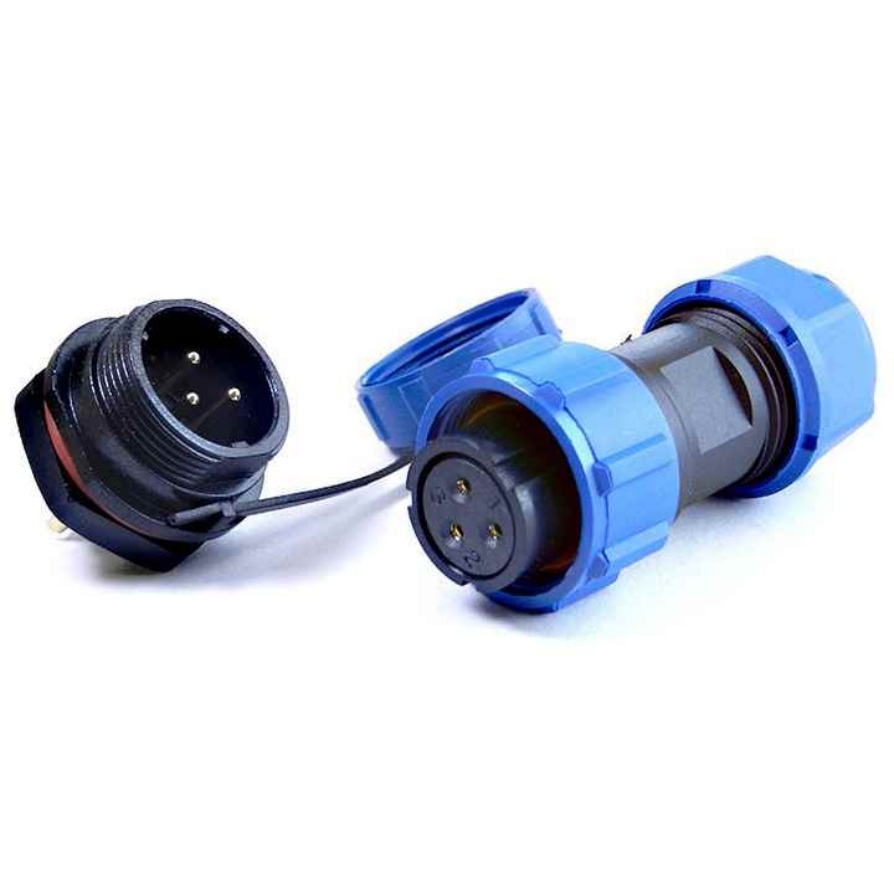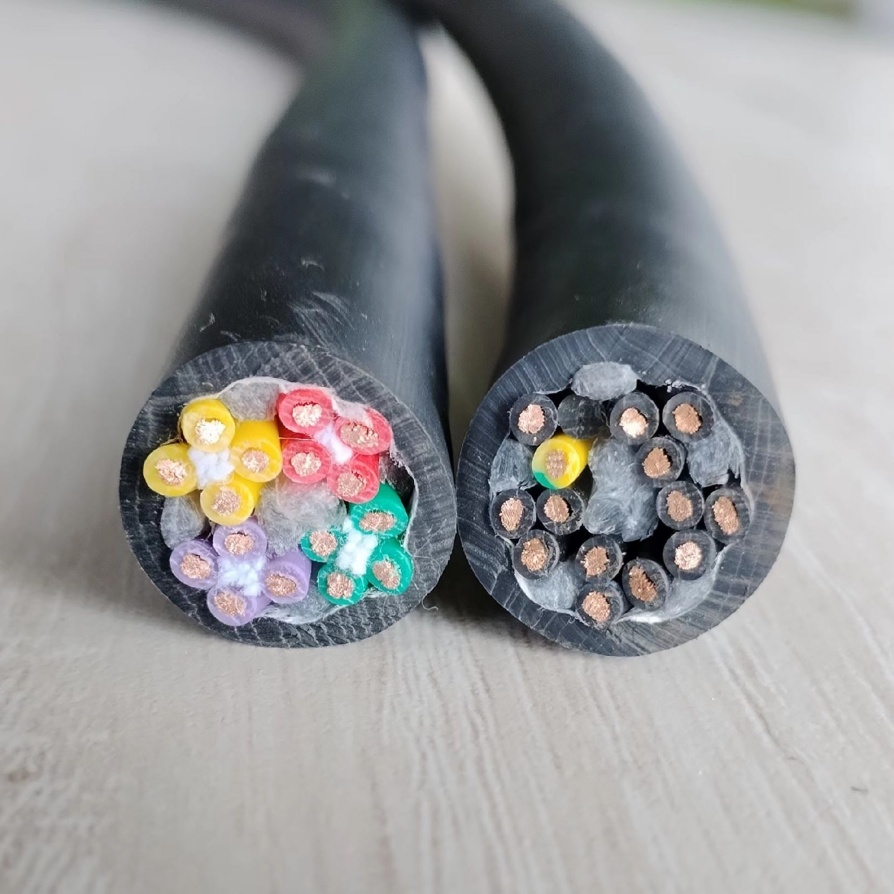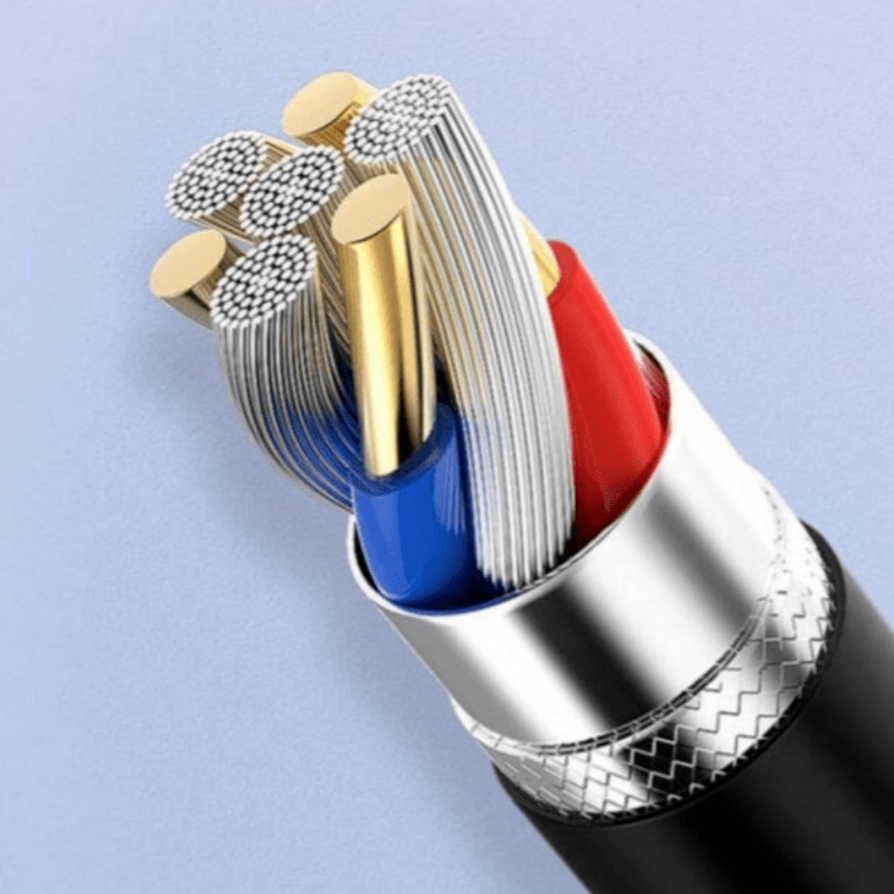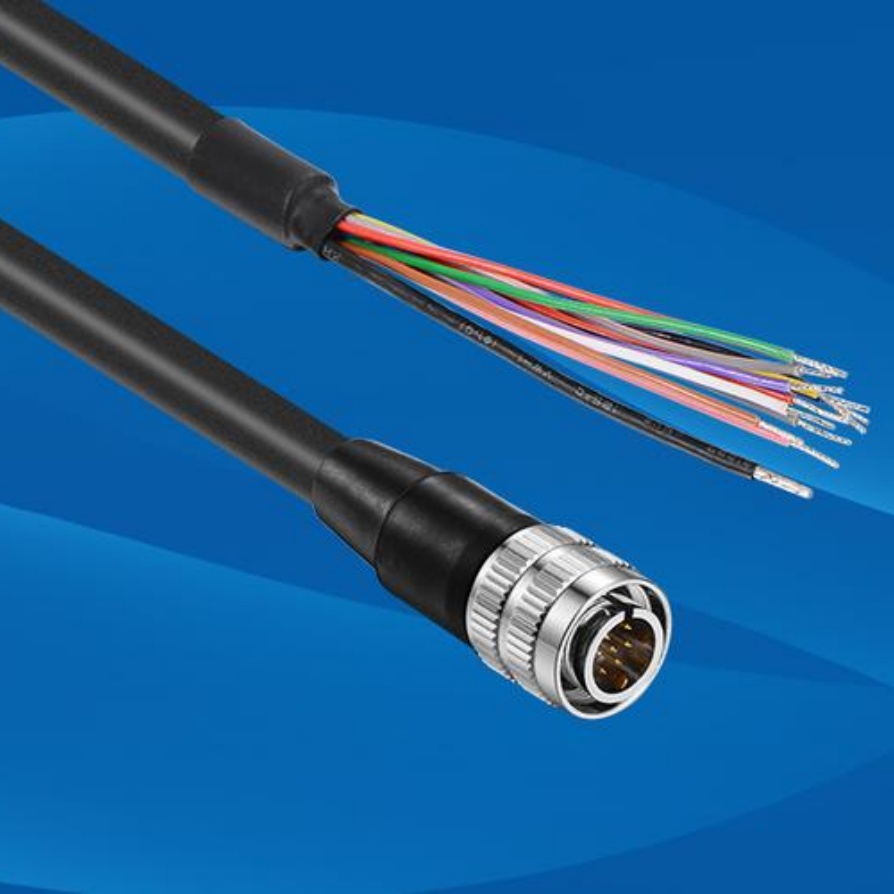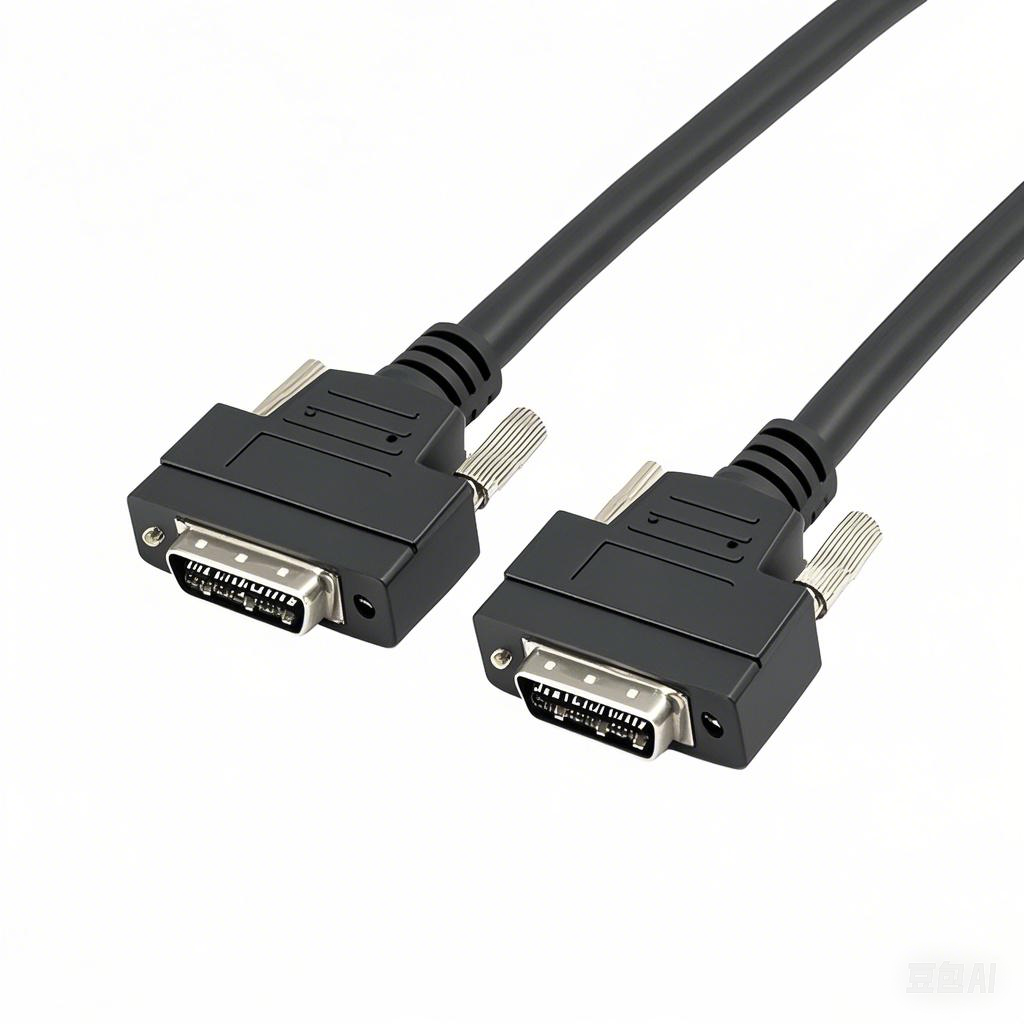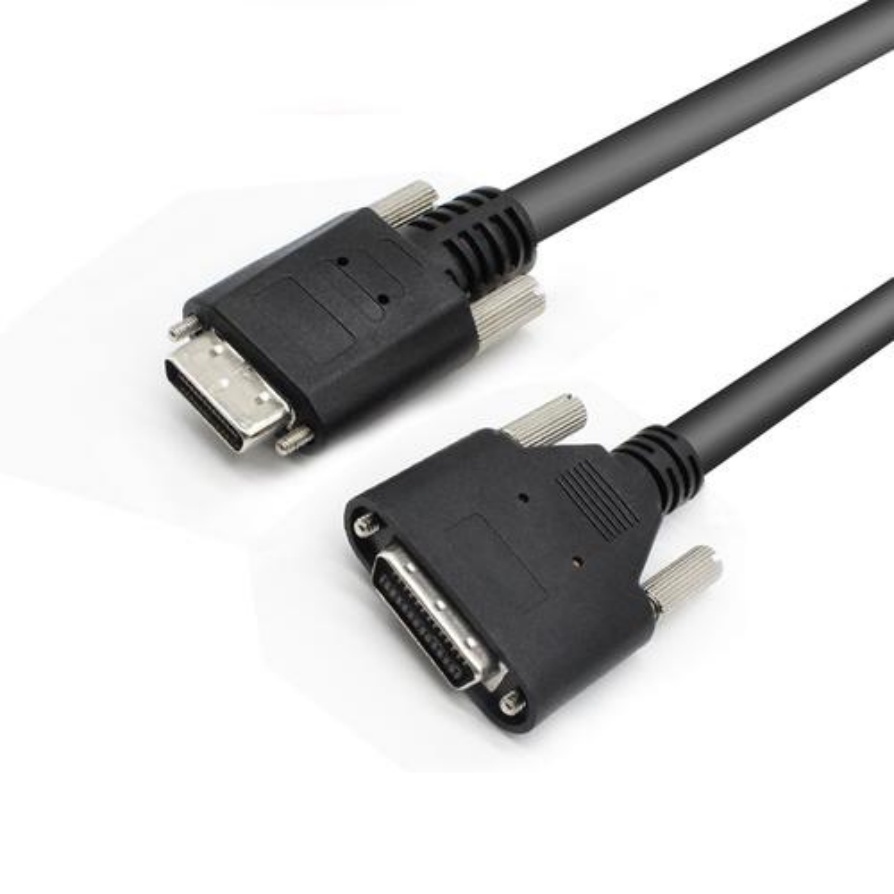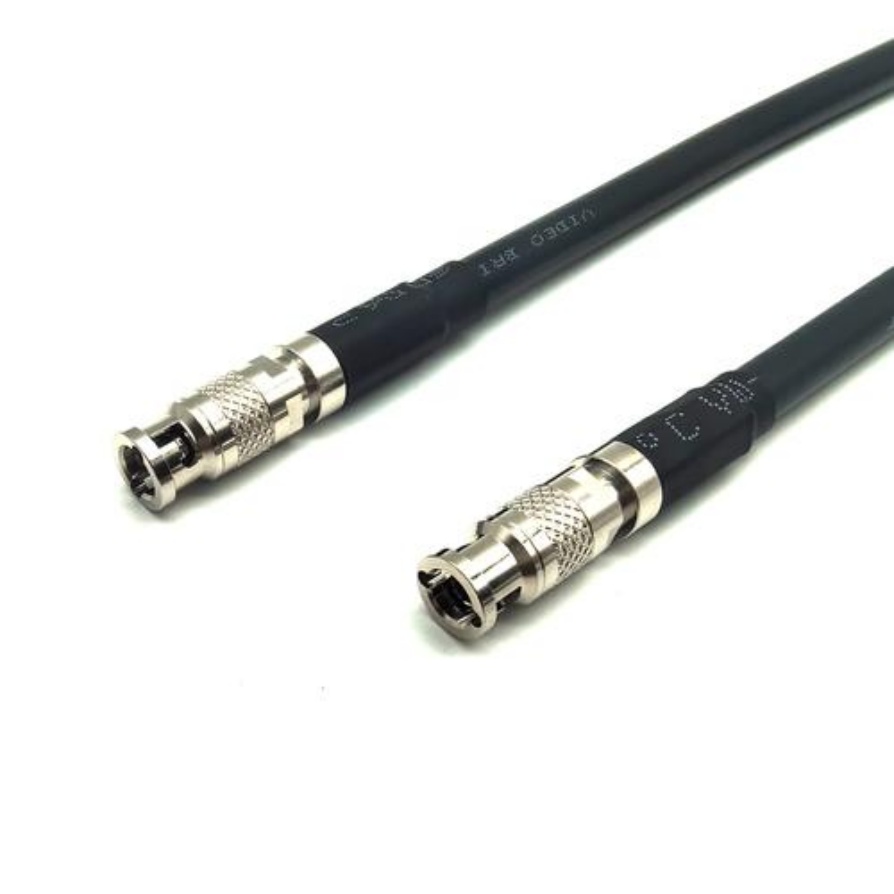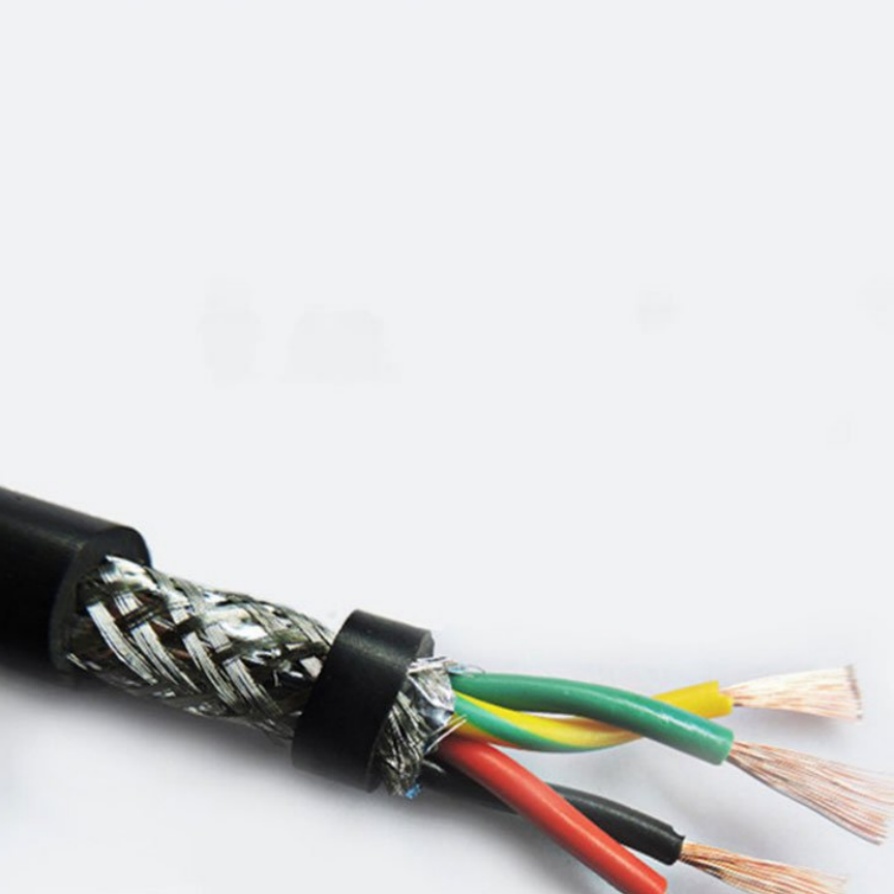What is the UV resistance of machine cable
1. Definition of UV resistance for machine cables
UV resistance, in the context of machine cables, refers to a cable’s ability to withstand degradation caused by ultraviolet (UV) radiation—primarily from sunlight or artificial UV sources in industrial environments. Machine cables, unlike standard indoor cables, are often used in outdoor or semi-outdoor settings (e.g., construction machinery, solar power systems, outdoor conveyor belts, or agricultural equipment). When exposed to UV rays long-term, unprotected cables may experience material breakdown: their insulation or sheath can crack, discolor, harden, or lose flexibility, ultimately leading to electrical failures (such as short circuits) or mechanical damage (like sheath peeling), which disrupts machine operation and poses safety risks.
2. Why UV resistance matters for machine cables
The importance of UV resistance stems directly from the harsh conditions machine cables face. For example:
- In solar power plants, cables connecting solar panels are exposed to direct sunlight for 8–10 hours daily; poor UV resistance can cause insulation failure within 6–12 months, requiring costly replacements.
- Construction machinery (e.g., cranes, excavators) operates outdoors year-round; UV radiation, combined with temperature fluctuations, accelerates cable aging—cracked sheaths may allow water or dust to enter, damaging internal conductors.
- Agricultural equipment (e.g., harvesters) is exposed to intense UV in open fields; degraded cables can lead to unexpected shutdowns during critical harvesting seasons, resulting in economic losses.
In short, strong UV resistance extends a machine cable’s service life (typically from 2–3 years to 8–10 years for UV-stabilized cables) and ensures reliable, safe machine performance.
3. Key factors affecting UV resistance of machine cables
3.1 Insulation and sheath materials
The choice of base material is the most critical factor. Common materials vary significantly in UV resistance:
- Low UV resistance: Traditional PVC (polyvinyl chloride) cables. PVC lacks inherent UV stability; after 3–6 months of outdoor exposure, it tends to turn brittle and crack.
- Moderate to high UV resistance: EPDM (Ethylene Propylene Diene Monomer), XLPE (Cross-Linked Polyethylene), and TPE (Thermoplastic Elastomer). EPDM, for instance, has excellent weather resistance and can withstand UV radiation for over 10 years without significant degradation. XLPE, cross-linked to enhance molecular stability, resists UV-induced oxidation better than regular PE. TPE balances flexibility and UV resistance, making it suitable for mobile machine parts (e.g., cable harnesses in robotic arms).
3.2 UV stabilizers and additives
Even high-performance materials rely on additives to boost UV resistance. Two key additives are:
- UV absorbers: These compounds (e.g., benzophenones, triazines) absorb UV rays before they damage the material’s molecular structure, preventing oxidation and discoloration.
- Carbon black: A cost-effective additive that blocks UV radiation by absorbing or scattering it. Cables with 2–3% carbon black in their sheath show 50–70% better UV resistance than non-carbon black variants. However, carbon black may slightly reduce the cable’s flexibility, so dosage must be optimized for machine cable applications (where flexibility is often required).
3.3 Cable structure design
A well-designed structure enhances UV resistance indirectly:
- Thicker sheath: A sheath thickness of 1.5–2mm (vs. 0.8–1mm for indoor cables) provides more material to resist UV erosion, delaying cracking.
- Protective layers: Some industrial machine cables add a thin UV-resistant film between the insulation and sheath, further blocking UV penetration.
4. Testing standards for UV resistance
To ensure consistency, global standards define how to test a machine cable’s UV resistance. The most widely used are:
- IEC 60068-2-5: Issued by the International Electrotechnical Commission (IEC), this standard specifies a 1008-hour (42-day) test cycle: cables are exposed to UV radiation (wavelength 280–400nm, intensity 0.71 W/m² at 340nm) at 40°C ± 3°C, with periodic condensation to simulate outdoor humidity. After testing, cables must pass checks for: no visible cracks in insulation/sheath, less than 20% reduction in tensile strength, and less than 30% reduction in elongation at break.
- UL 1581: Underwriters Laboratories (UL) standard for wires and cables. Its UV test requires 720 hours of exposure to UV light (340nm wavelength, 0.89 W/m² intensity) at 60°C ± 3°C. Cables must maintain electrical continuity and show no critical mechanical damage.
Compliance with these standards is a key indicator of reliable UV resistance—users should prioritize cables with IEC or UL UV test certifications when purchasing.
5. Practical tips for selecting and using UV-resistant machine cables
- Match material to environment: For high-UV areas (e.g., deserts, tropical regions), choose EPDM or XLPE cables with carbon black additives. For moderate UV environments (e.g., temperate outdoor factories), TPE cables may suffice.
- Check certification: Always verify if the cable has passed IEC 60068-2-5 or UL 1581 UV tests—avoid uncertified “UV-resistant” products.
- Avoid secondary damage: During installation, do not overstretch the cable (this can thin the sheath and reduce UV resistance) and keep it away from sharp edges that may scratch the protective layer.
- Regular inspection: For outdoor cables, inspect quarterly for signs of UV aging (e.g., yellowing, cracking, or reduced flexibility). Replace cables at the first sign of degradation to prevent failures.
6. Choose FRS for reliable UV-resistant machine cables
When it comes to machine cables with robust UV resistance, FRS brand factory stands out as a trusted partner. FRS adheres to global standards (IEC 60068-2-5, UL 1581) in every production step: we use high-purity EPDM, XLPE, and TPE as base materials, add custom-blended UV stabilizers (optimized for machine cable flexibility), and control sheath thickness to 1.8–2mm for maximum UV protection. Each batch of FRS UV-resistant machine cables undergoes 1008-hour UV exposure tests before leaving the factory, ensuring a service life of 8–12 years in outdoor environments. Whether for solar power, construction, or agricultural machinery, FRS can tailor cables to your specific UV and mechanical needs—delivering durability you can rely on.


